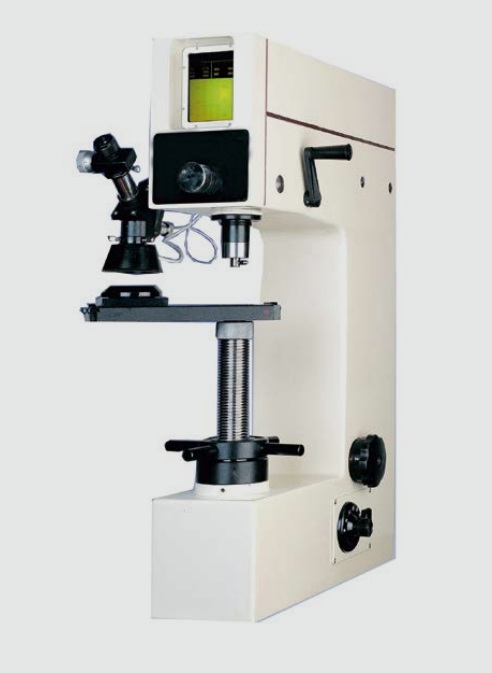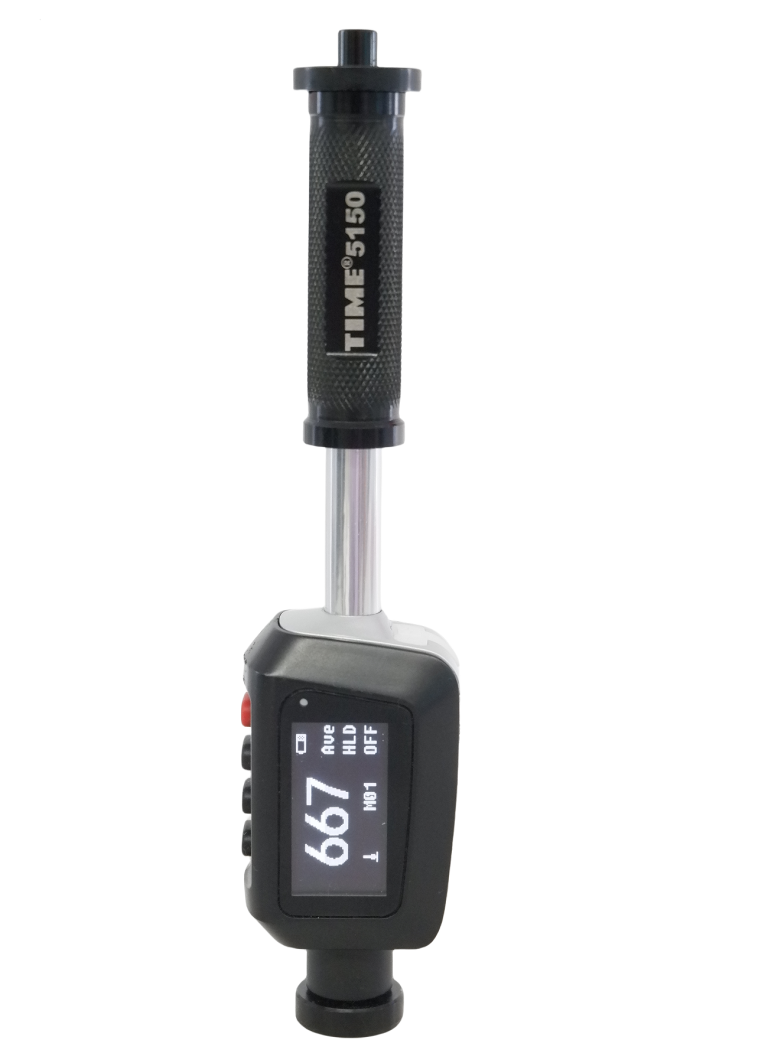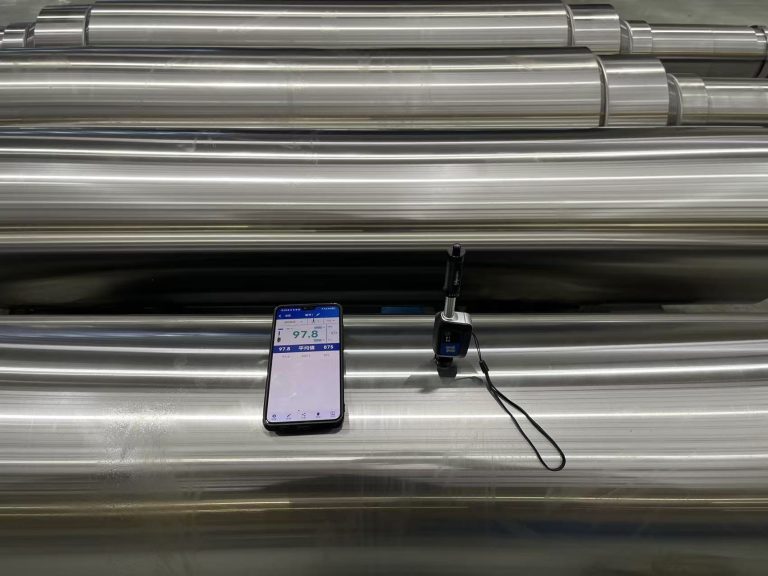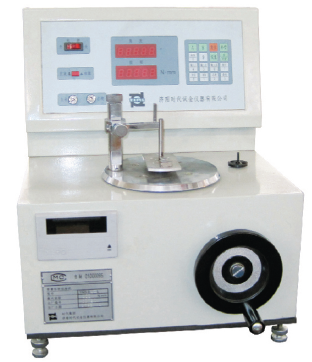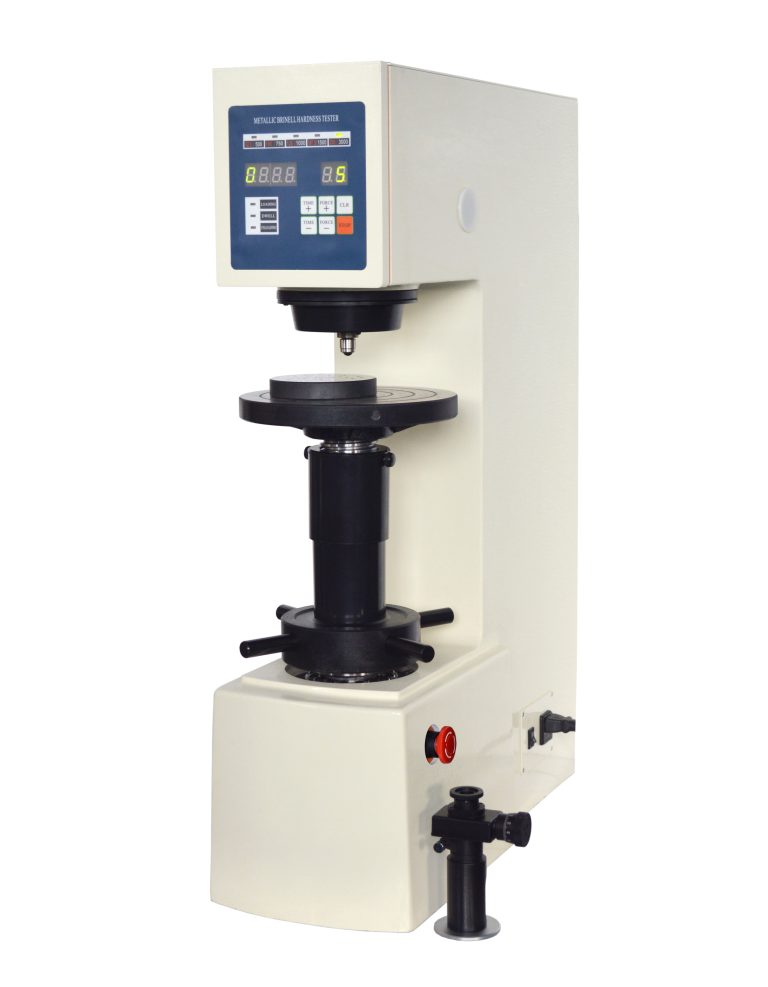There will be error problems when measuring small workpieces with a hardness tester, so how to solve this problem?
The hardness tester is not suitable for measuring small workpieces, but it is very convenient if you know the method. Coupling is one of the methods for hardness testers to measure small workpieces, but to achieve correct measurement, you must master the normal method.

The hardness tester reflects the hardness value by converting the ratio of rebound speed to impact speed through an electromagnetic induction coil into a digital signal. When the workpiece is impacted, the elastic modulus changes due to the small size of the workpiece or the instability of the workpiece, which will cause the hardness to be unable to be displayed. Or the hardness value is low, which proves that the elasticity has been lost and part of the rebound force is absorbed by the workpiece. These problems mainly occur when measuring hollow parts, thin plates and softer metal materials. Below, we at Zhongke Instrument will introduce some methods to reduce the error when the hardness tester measures small workpieces.
Methods to reduce errors when hardness tester measures small workpieces
- For hollow materials such as pipes, try not to hit the cross surface, impact the end surface, or add supports in the pipe wall, which is difficult but very effective. Measuring curved surface diameters of 20mm-100mm requires an optional curved surface support ring.
- Ensure that the finish of the metal material should be less than 7um in RA. The better the surface finish, the higher the accuracy of the hardness value.
- For workpieces whose thickness should be above 5mm and below 5mm, try not to choose a Leeb hardness tester). When measuring, butter or Vaseline should be evenly applied on the back of the measurement and tightly coupled with the platform to press out the air in the middle, so that the measurement can be coated The butter or petroleum jelly surface can be smoothed, otherwise it will be difficult to couple. When the workpiece to be tested cannot move on the platform, a Leeb hardness tester can be used to measure it. Be careful not to apply too much butter or Vaseline.
- A solid cylinder ensures the stability of the workpiece. It is best to add a V-shaped table to a smaller cylinder.
- When measuring Brinell hardness, efforts should be made to improve the surface roughness, weight, and coupling degree of the workpiece. If the surface roughness is poor and difficult to handle, and the workpiece is large, it is best to choose a G-type impact device.

